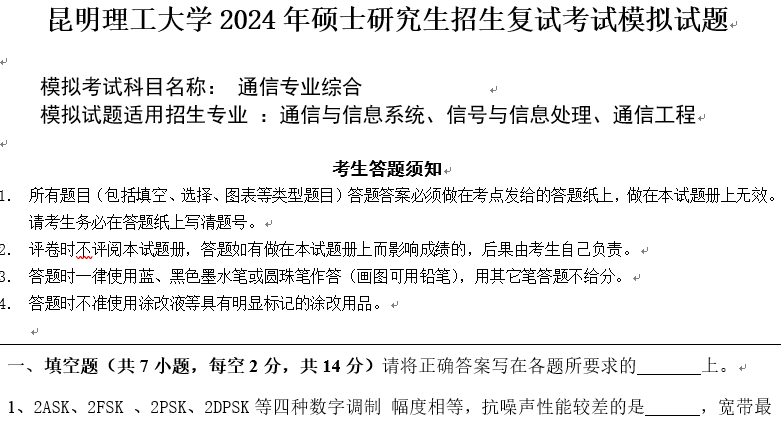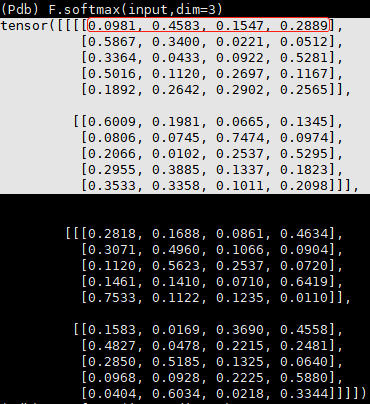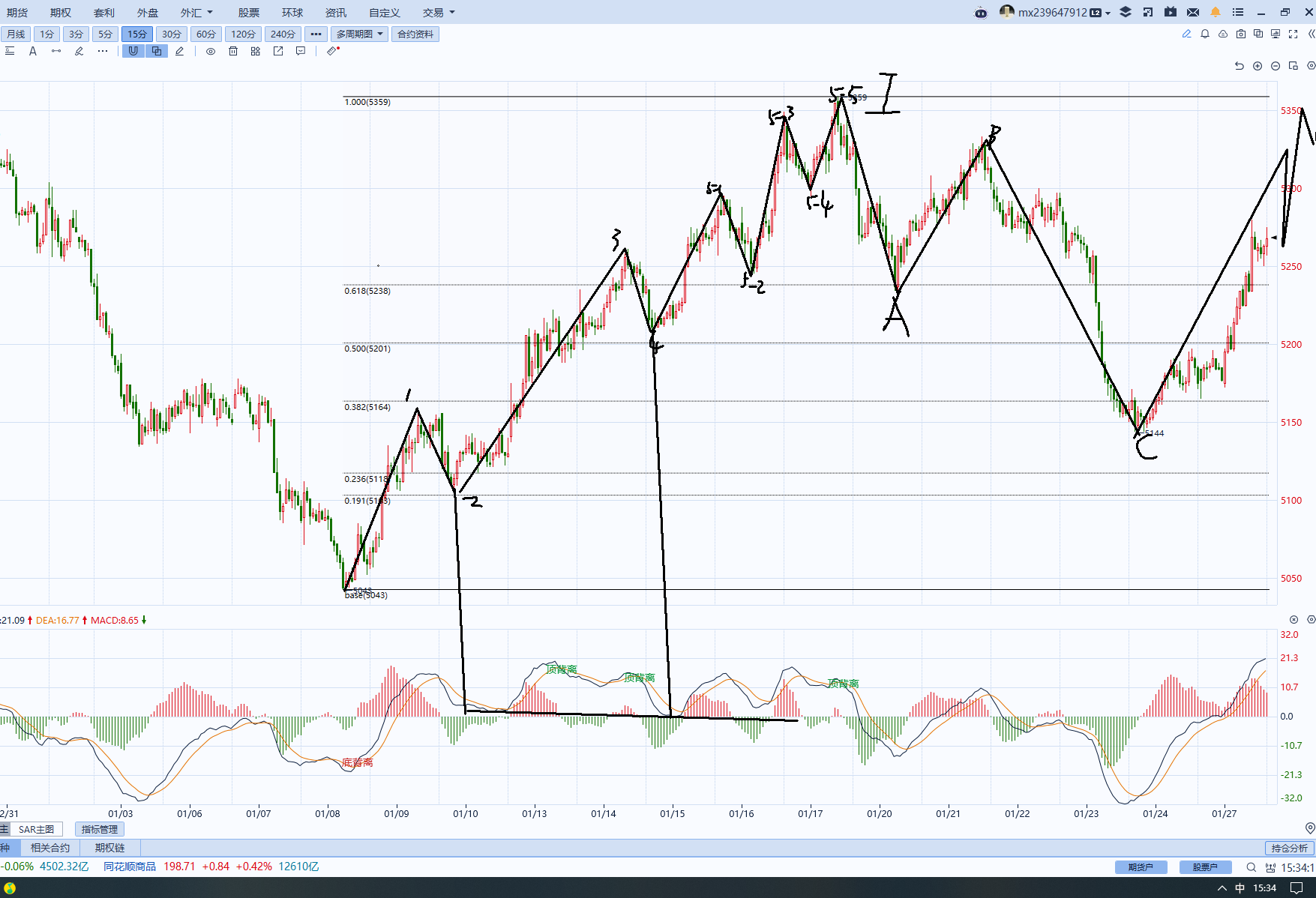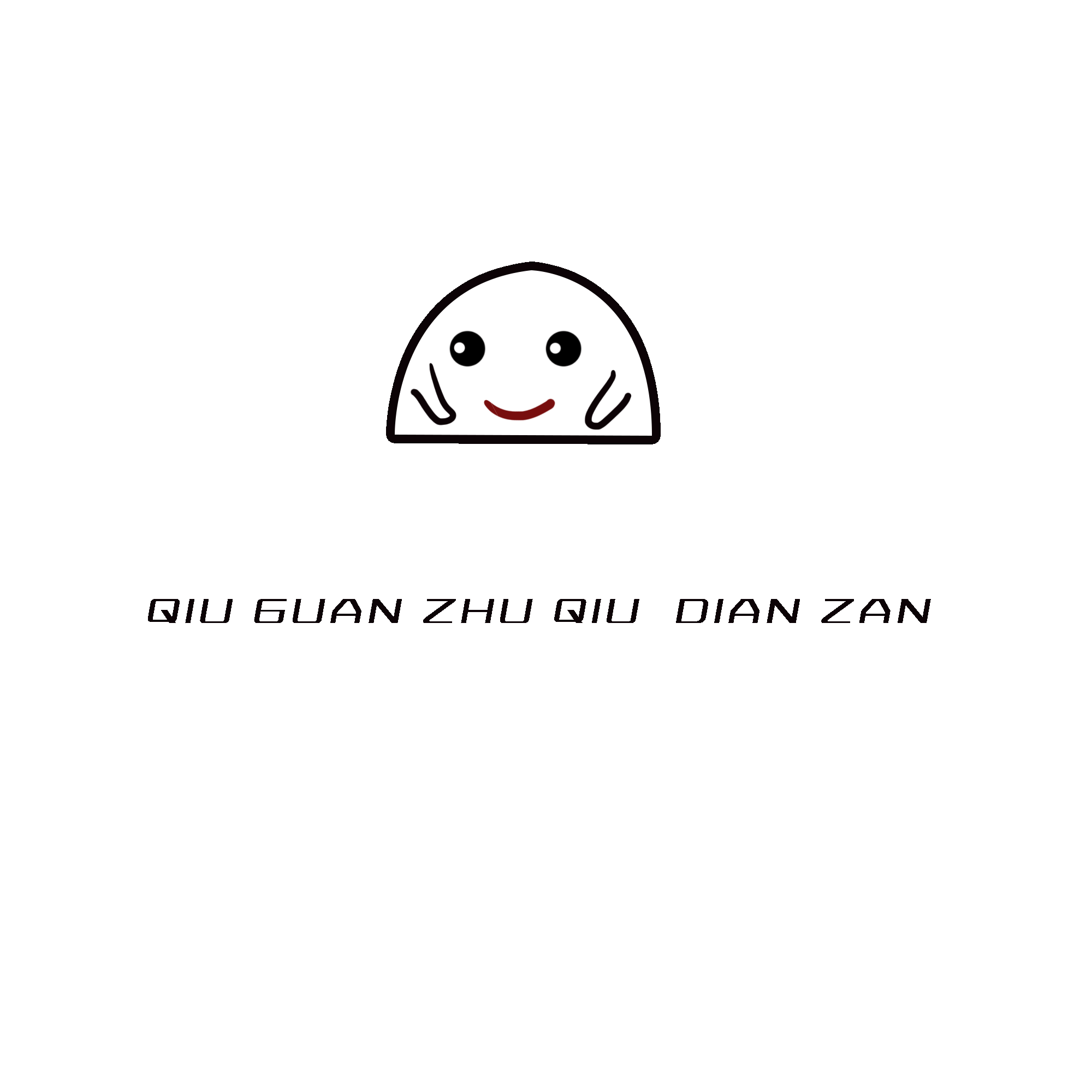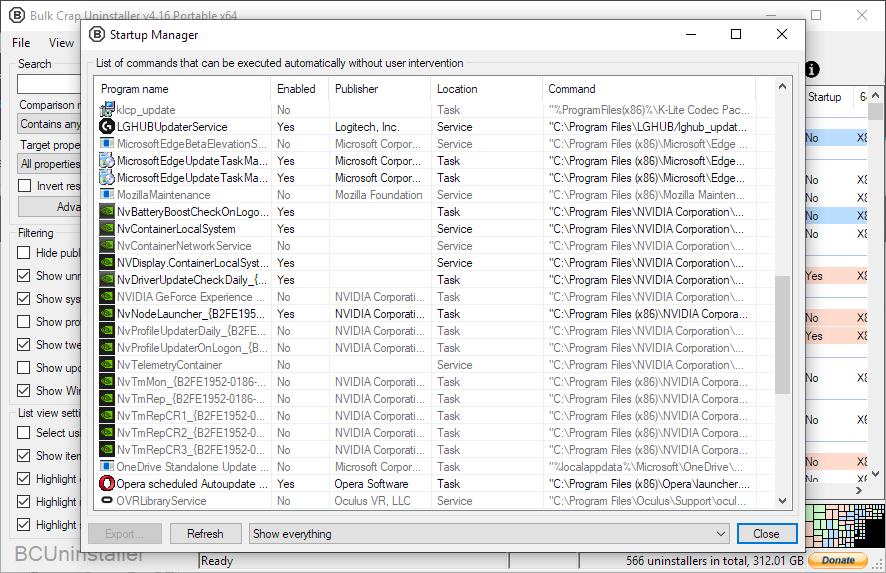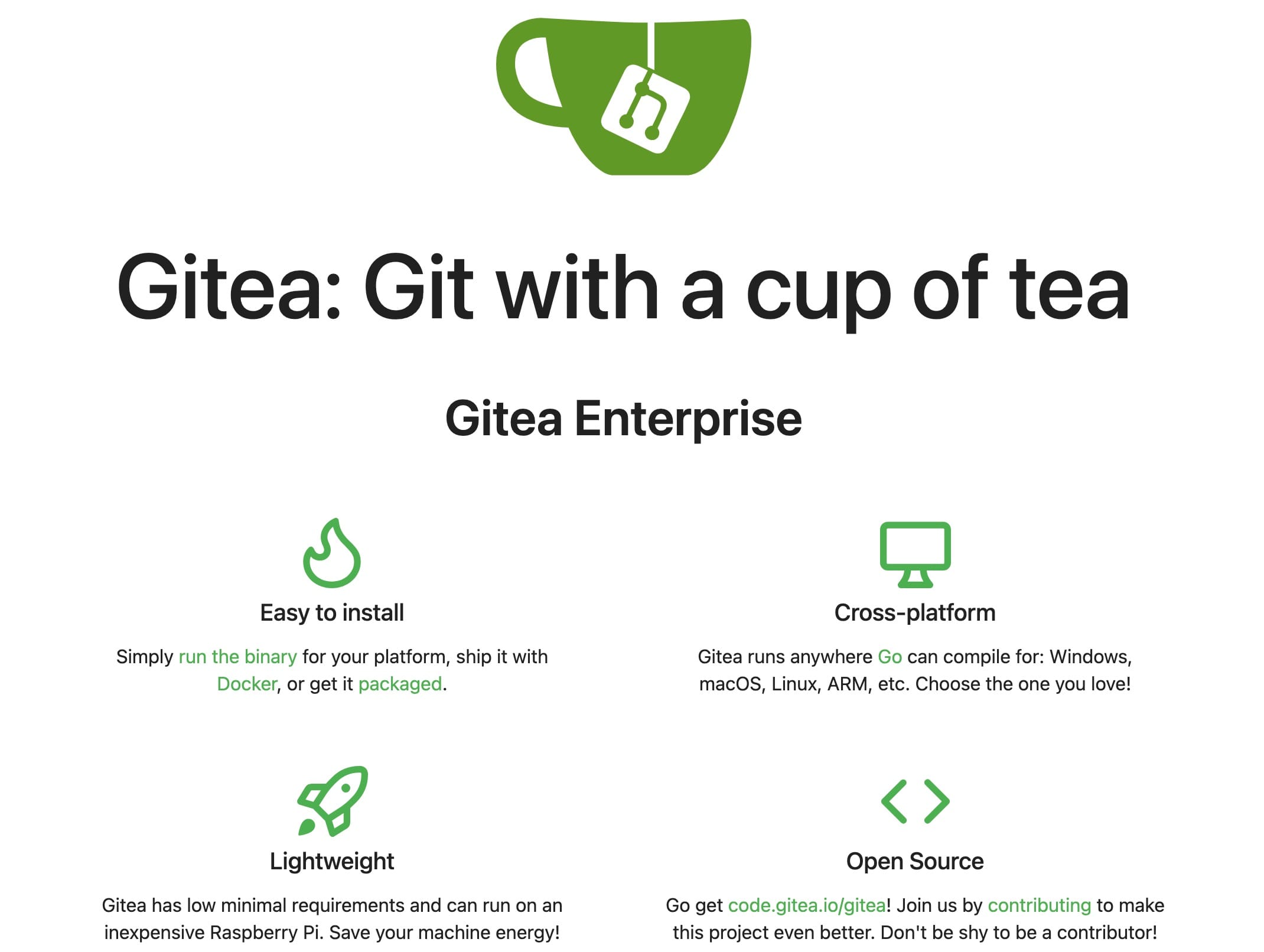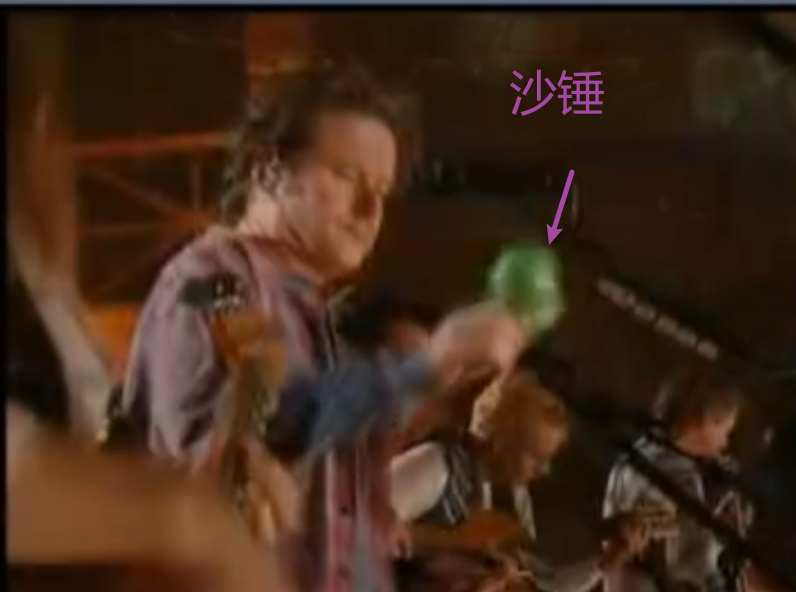今天继续CSS的学习 以下是学习内容
盒子模型
Margin(外边距):清楚边框外的区域,外边距是透明的
Border(边框):围绕在内边距和内容外的边框
Padding(内边距):清除内容周围的区域,内边距是透明的
Content(内容):盒子的内容,显示文本和图像
假设中有以下代码
div
{
width:100px;
height:100px;
background-color:red;
}
<body><div></div>
</body>
当加入 padding:50px(上下) 10px(左右); 后
会让原来的方框变大 其中的文本会向中间靠拢
当加入 border:5px solid blue;后
会出现蓝色边框
当加入 margin: 50px;后
原方框上下左右会有50px像素的距离
每个元素可用值-方向来规定单方向
弹性盒子模型(CSS3)
假设存在一个大盒子中有三个小盒子
<body>
<div class=”container”>
<div class=”box1”></div>
<div class=”box2”></div>
<div class=”box3”></div>
</div>
</body>
<head></head>中有以下代码
<style>
.container
{
width: 500px;
height: 500px;
background-color: #555555;
}
.box1
{
width: 100px;
height: 100px;
color: red;
}
.box2
{
width: 100px;
height: 100px;
color: green;
}
.box3
{
width: 100px;
height: 100px;
color:blue;
}
</style>
会看到三个垂直相邻方框在一个大的灰色方框
当在.container中加入
display:flex; 后三个方框水平相邻摆放
因为默认弹性盒子内容水平摆放
可以用flex-direction来调整方向
只需要在.container中加入
flex-direction: row-reverse;
会出现翻转原来红色在第一个变成蓝色在第一个
row:横向从左到右(左对齐) 默认
row-reverse:反转横向排列(右对齐)
column:纵向排列
column-reverse:反转纵向排列
justify-content属性:内容对其(水平方向)
flex-start:默认值 居上
flex-end:居下
flex-center: 居中
align-items属性(垂直方向)
flex-start:默认值 居上
flex-end:居下
flex-center: 居中
以上均为作用于父元素
flex-grow为子元素上的属性 需要写在.box1-3中 分配空间
如flex-grow:1;flex-grow:2;
文档流:在文档中可显示对象在排列时所占用的位置/空间。
<body>
<p>文本1</p>
<img src=”图片链接” alt=””>
<p>文本2</p>
</body>
想让页面上文本1和文本2间不出现空格折叠问题需要
浮动 绝对定位 固定定位
明天将详细的学习三种方法

